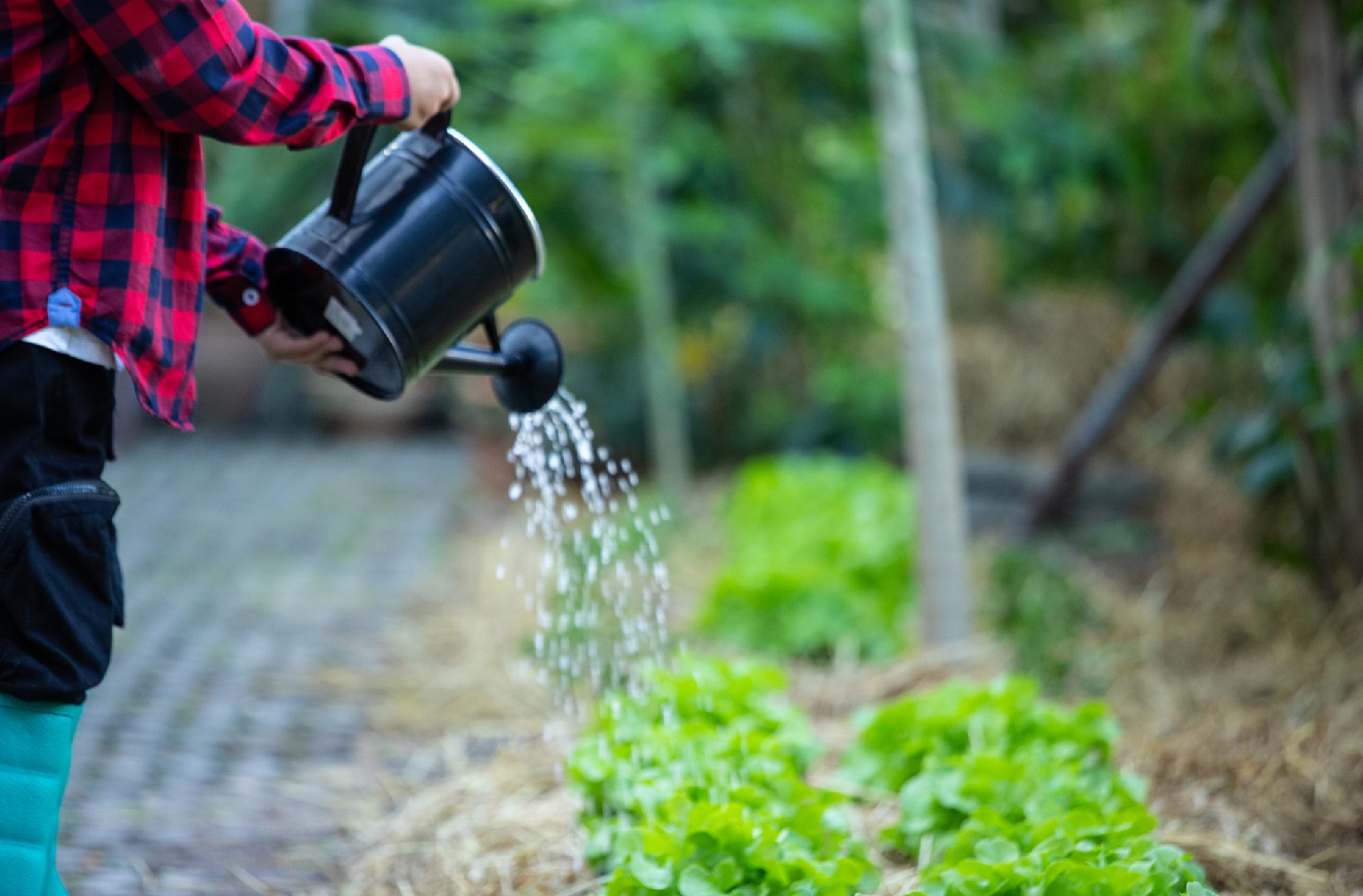![Rectangle]()
Mastering Cold Climate Hydration: Essential Winter Watering Techniques
When it comes to winter watering, it is crucial to understand the unique needs of plants in cold climates. In this section, we will explore effective watering techniques that are specific to the winter months, helping you keep your plants healthy and hydrated even in freezing temperatures.
One of the most important techniques for winter watering is to water early in the day. This allows the moisture on the plants to evaporate before temperatures drop at night, preventing the formation of ice and potential damage to the plant cells. Additionally, watering in the morning ensures that the plants have enough time to absorb the moisture and use it effectively throughout the day.
Another key technique is to adjust your watering schedule according to plant type and weather conditions. Different plants have different water requirements, and it's important to understand these needs to prevent overwatering or underwatering. For example, coniferous evergreens generally require less water in winter compared to deciduous plants. Monitoring the weather conditions is also essential as precipitation can reduce the need for additional watering.
Before you start watering, it's crucial to inspect the soil to determine its moisture content. During winter, the soil tends to hold moisture for longer periods, and overwatering can lead to problems like root rot. Testing the soil can be done by inserting a soil moisture probe or simply by manually feeling the soil. If the top inch feels dry, it's time to water. However, if it feels moist, it's best to wait and check again after a few days.
When watering in winter, it's essential to water deeply and less frequently. This encourages the plants to develop deep roots, making them more resilient to freezing temperatures. Shallow watering, on the other hand, can lead to shallow root growth, increasing the risk of frost damage. Use a slow and steady stream of water, ensuring that it penetrates deep into the soil and reaches the plant's root system.
To further protect your plants during winter, consider using mulch. Mulching around the base of plants helps to insulate the soil, preventing it from freezing and reducing moisture loss. Organic materials like straw, wood chips, or shredded leaves make excellent mulch options. Apply a thick layer around the plants, but ensure that the mulch is not in direct contact with the stems as this can lead to rot.
In conclusion, mastering winter watering techniques is essential for keeping your plants healthy and hydrated during the cold months. By watering early in the day, adjusting your watering schedule based on plant type and weather conditions, inspecting the soil before watering, and using mulch, you can ensure that your plants thrive despite the winter chill. Remember to water deeply and less frequently, encouraging deep root growth and protecting your plants from frost damage. With these techniques, you will be well-equipped to navigate the challenges of winter watering and enjoy a vibrant garden all year round.





